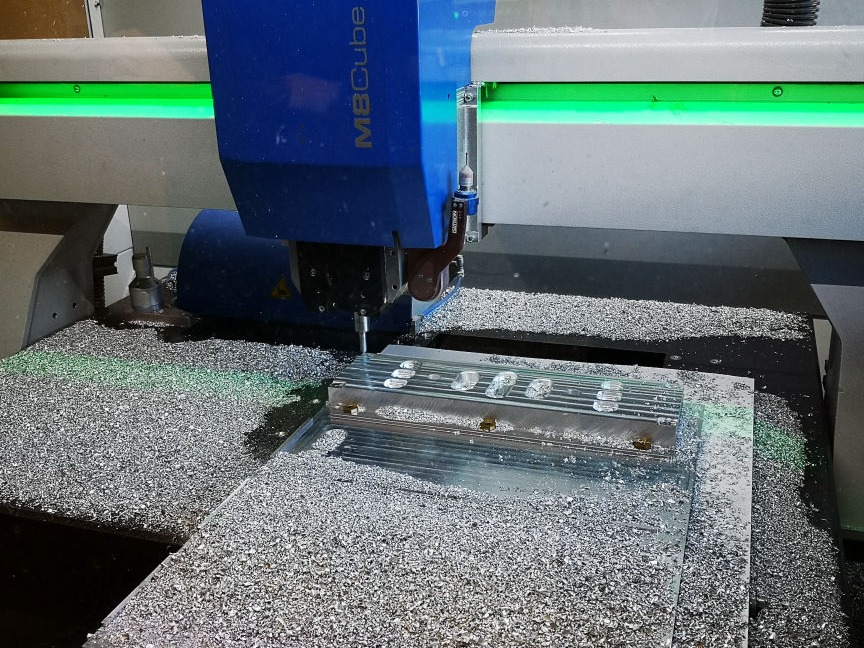Addition and Subtraction
There are two ways to shape any solid material to machine specs. You can build the model by depositing, joining or solidified materials to create layers or start from a whole, 'rough' block and gradually remove slices, chips, and drills
3D printing uses the layer method,
CNC milling the multi-tool removal technique.
Both can use post-production joinery to assemble multiple prints or mills into more complex, multi-layer PCBs.
3D CAD-Controlled Printing
3D printing uses a mix of plastic or metal 'beads' layered in 2D dot patterns to create shaped parts. UV-heated fusion (with reactive materials), laser precision fusing, or deposition melting alongside rapid cooling creates the thermal bonds needed. A moving 'X-Y-Z' extrudes layers and sets the material.
Pros
• Near-zero waste
• Free specs, user friendly
• Low vibration and feedback
• Far less noise and fuss than CNC milling
• Excellent for creating custom tools, biomedical aids and prosthetics, art and design pieces
• Generally cheaper to buy and run for small-scale prints
• Exotic, specialised scientific 3D printers can use non-traditional materials (i.e. Food, chemicals, plants)
Cons
• Machine-limited working material selections (often thermoplastic dependent)
• Lower resolution printing is common with cheaper models
• Teething troubles - early-stage, beta tech can mean failed prints, jams, distortion, misalignment, 'meltdowns'
• Far longer turnaround times - around six hours to every one with CNC milling
• Joint material prints lack strength, integrity
CNC-Controlled Milling
CNC mills use autoloaders, rotary turntables, axel clamps, cutters, and drills, rapidly creating a repeatable, set pattern path from a uniform-sized block. Computer software directly translates CAD specs (via CAM) into a series of exacting instructions, allowing for precise cuts and indents. The finished block is created by moving along 'X' and 'Y' axis, manoeuvring replaceable interchangeable tools and drill bits. Up to six control axes ensure cutting-edge quality.
Pros
• Fast process times
• Better for rolling production lines
• High precision
• Compatible with metal, wood, polymers and thermoplastics
• Capable of creating complex indents, trenches, and pass-throughs
• Can work large-scale pieces
• Forms machine wax into 'inverse' impressions for casting
Cons
• CNC machines require ventilation, extraction, industrial space planning
• Higher levels of vibration, dust, and noise
• High maintenance - worn, chipped, and broken boom tools can wreck builds
• Waste offcuts need disposal/recycling
• Floor clamps, barriers, and enclosures might be needed
• Occasional extreme slowdowns required on some detailed projects
• Typically more expensive (c.x4 at entry level) to buy and run
Next Steps
At HGL Systems we use the most appropriate machining methods to deliver the best results for our clients to meet their budget, timescale, and performance parameters. To find out more about our services, or to discuss a project, please feel free to give us a call.


Follow Us